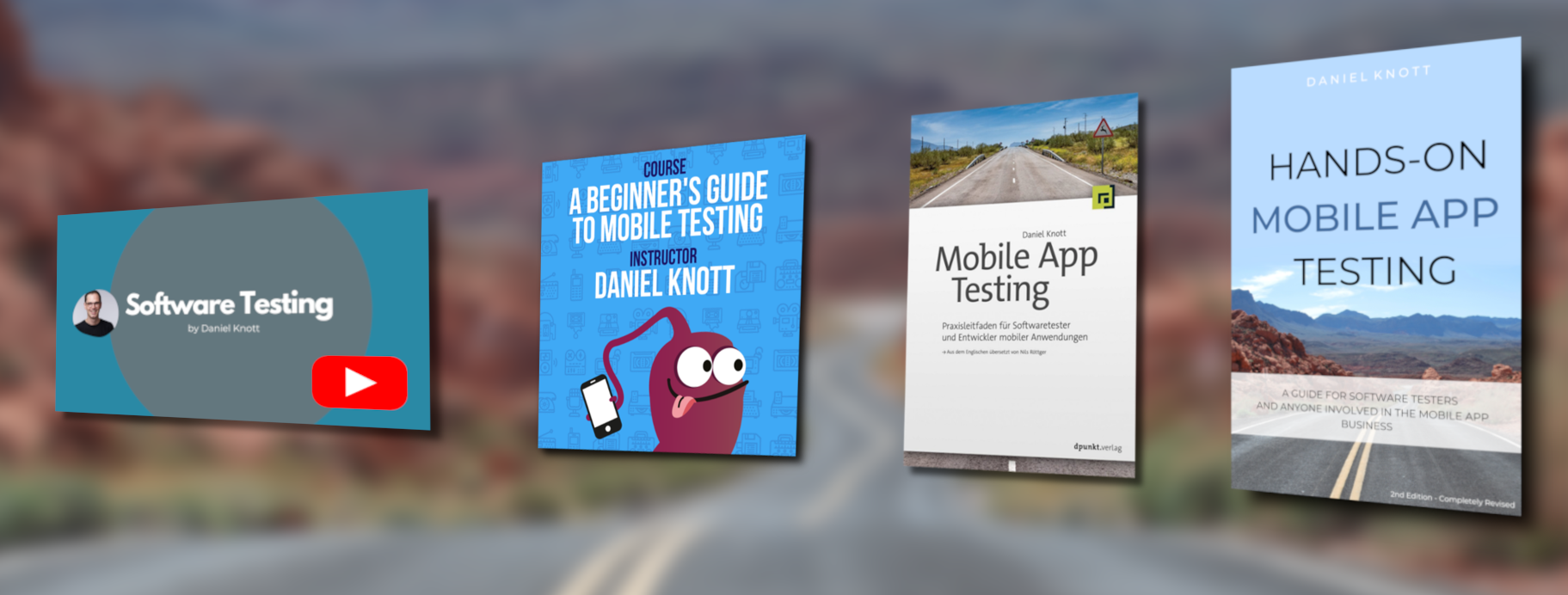The user expectations of a mobile app is one of the main speciality and main challenge for mobile teams. The fact that every user has unique expectations makes it so difficult to develop and deliver the “right” app to customers. As several reports and surveys show, mobile users have far higher expectations of mobile apps when compared to other software like browser applications. The majority of reports and surveys state that nearly 80% of users delete an app after using it for the first time! The top four reasons for deletion are always bad design and usability, loading time and crashes immediately after installation.
Nearly 60% of users will delete an app that requires registration, while more than half of users expect an app to launch in under two seconds. If the app needs more time it gets deleted. Again more than half of users experience crashes the very first time they start an app.
An average user checks his mobile device every six minutes and has around 40 apps installed. Based on those numbers you can deduce that mobile users have really high expectations when it comes to usability, performance and reliability. Those three points are by far the biggest complaints when mobile users were asked about their experience with mobile apps.
